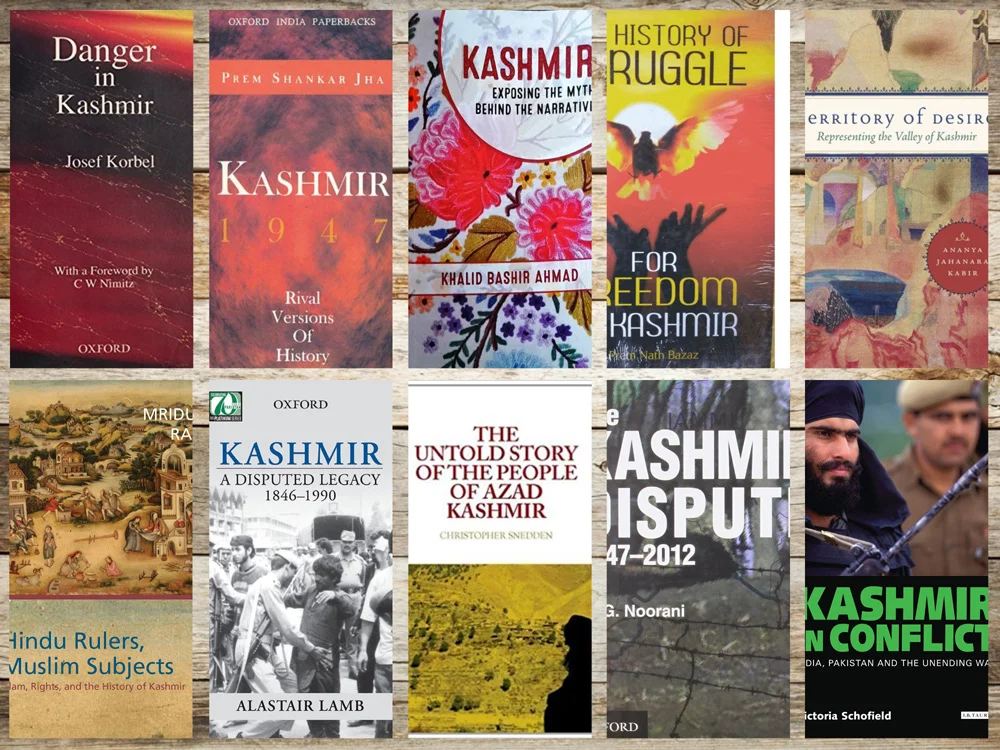
In the West, silk and pashmina shawls are sold under the broader brand rubric of Cashmere but are not made in Kashmir
Wajahat Qazi
KASHMIR’S handicrafts industry is in crisis. The crisis is deep, and both conceptual and structural. Unless immediate and urgent paradigm changing steps are taken, this industry or even pride of Kashmir will die. Kashmir handicrafts industry’s potential extinction will not only have practical consequences- loss of livelihoods, unemployment and so on- but it will also have cultural symbolic connotations and implications: Kashmir, in the mindshare of many, is associated with pristine , unparalleled beauty that has incubated its arts and crafts; the loss of this industry will deal a body blow to this brand image.
How can Kashmir’s crafts and arts be revived?
The question might be wrongly posed and formulated. Our handicrafts industry does not need a revival. It needs reinvention. The reference here is not to reinvent the proverbial wheel from scratch but to fundamentally rejigg and reorient our bellwether industry in a way that allows for its comprehensive efflorescence. The first step toward this would be to revise the value and supply chain of various crafts of Kashmir and make these more efficient by weeding out structural inefficiencies. This must be complemented by consolidation of the industry. As it stands now, our handicrafts industry is fragmented, both in terms of the value and supply chain, the business to business(B2B) and Business to Consumer(B2C) formats all the way to retailing and marketing
The best way to consolidate this industry would be through vertical integration wherein there is both forward and backward integration. This does not and should not mean monopolization of the crafts by one or two business houses. Monopolization can perhaps be avoided by creating business and industry structures along the lines of quasi- cooperatives where firms of different, varying sizes and shapes can come together for the common goal of revitalizing this critical industry of Kashmir. Vertical Integration can lead to economies of scale and scope; the attendant cost savings can be passed onto the consumer, making our crafts competitive in world markets.
But these savings would not be enough to outcompete others in similar markets and industries. For example, a silk or pashmina stole in European markets sells from 5- 12 pounds , on average, even at up marketish retailers. (It is ironical these are usually sold under the broader brand rubric of Cashmere but are not made in Kashmir). At this rate, and the margins thereof, a genuine, Kashmir crafts product cannot even make it to Europe. The cost and production price for a genuine pashmina stole will exceed this selling price. What then is needed is change and opt for production processes and production runs that are superior and that can lead to superior cost efficiencies.
Here the ongoing Fourth Industrial revolution and its technologies can be of value. Automation and Robotics, a vital aspect of this revolution, can be the technologies that radically reorient the production process of our crafts, leading to immense cost savings, which can then make these products greatly competitive in world markets. But an obvious issue arises here. The grist and mill of our handicrafts is that these are hand crafted and hence their appeal. This is a valid concern, but it need not be paralyzing or debilitating. It is only certain aspects of the value chain that can be handled by robotics and automation, while others, like embroidery of shawls for example aided by technology but having a clear human touch to it can solve this particular problem. This is, insofar, the production process and production runs are concerned.
The other important aspect of marketing must also be seriously reviewed. Typically, Kashmiri sellers and retailers take recourse to direct and personal selling with aggressive salesmen rattling off how good the product is and so on. The review here would entail digital marketing and synthesising it with other forms of selling, promotion and sales efforts. The redeeming fact is that Kashmir ( known as Cashmere in the European imagination; it goes back centuries to Napoleonic times when the Emperors wife wore the first Kashmir shawl) is already a robust brand which has been, however, cannibalized by others. This brand needs to be reclaimed and backed by substance.
In all this the artisans should have pride of place. They should be retrained, their extant skills enhanced and they be remunerated handsomely, in proportion to their hard work and efforts.
If this review of our handicrafts industry is undertaken, it will also resolve some of the ethical issues that bedevil it. The middlemen and some unscrupulous exporters, who gouge the artisans will be eliminated. Our handicrafts can then be sold under the rubric of fair trade which will attract conscientious, ethical consumers. But, if the same approaches and methods continue, the day will not be far off when there will be no such think as Kashmir handicrafts. A review that leads for a reinvention of the industry is an imperative. Let’s make haste slowly and reinvent our pride and our invaluable legacy!
Wajahat Qazi is an International Affairs analyst.
Follow this link to join our WhatsApp group: Join Now
Be Part of Quality Journalism |
Quality journalism takes a lot of time, money and hard work to produce and despite all the hardships we still do it. Our reporters and editors are working overtime in Kashmir and beyond to cover what you care about, break big stories, and expose injustices that can change lives. Today more people are reading Kashmir Observer than ever, but only a handful are paying while advertising revenues are falling fast. |
| ACT NOW |
| MONTHLY | Rs 100 | |
| YEARLY | Rs 1000 | |
| LIFETIME | Rs 10000 | |












